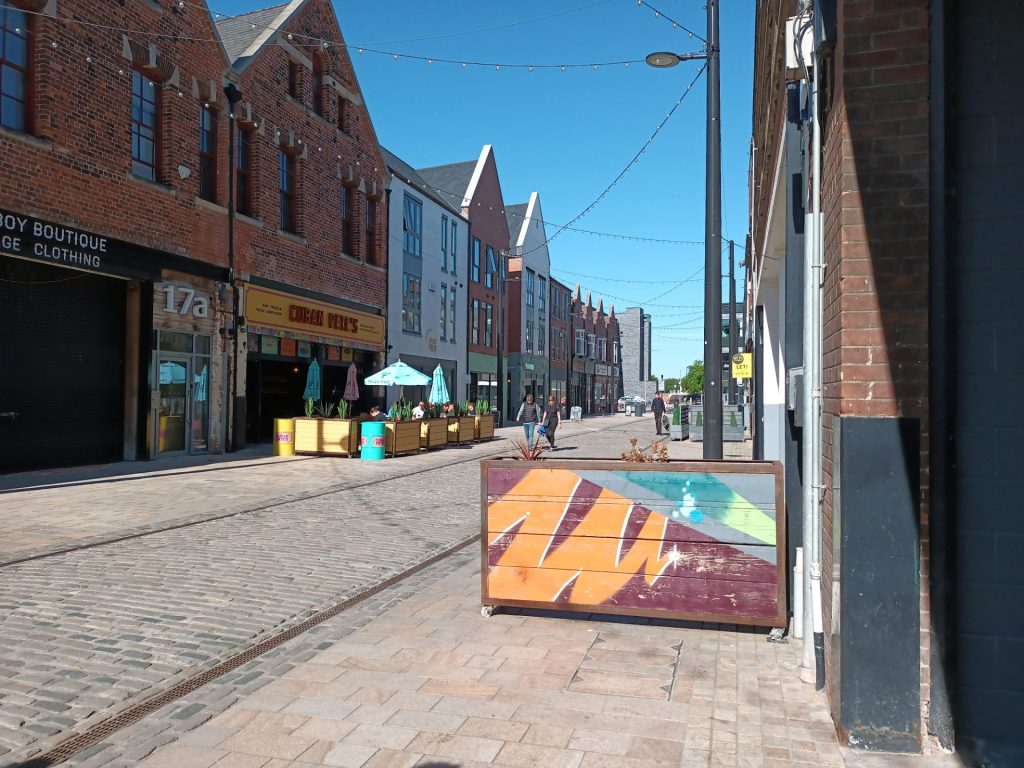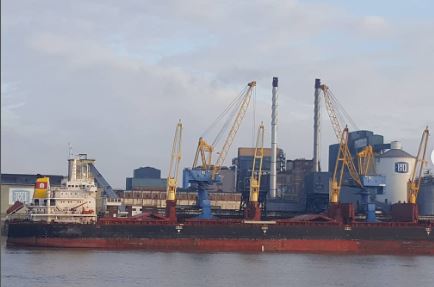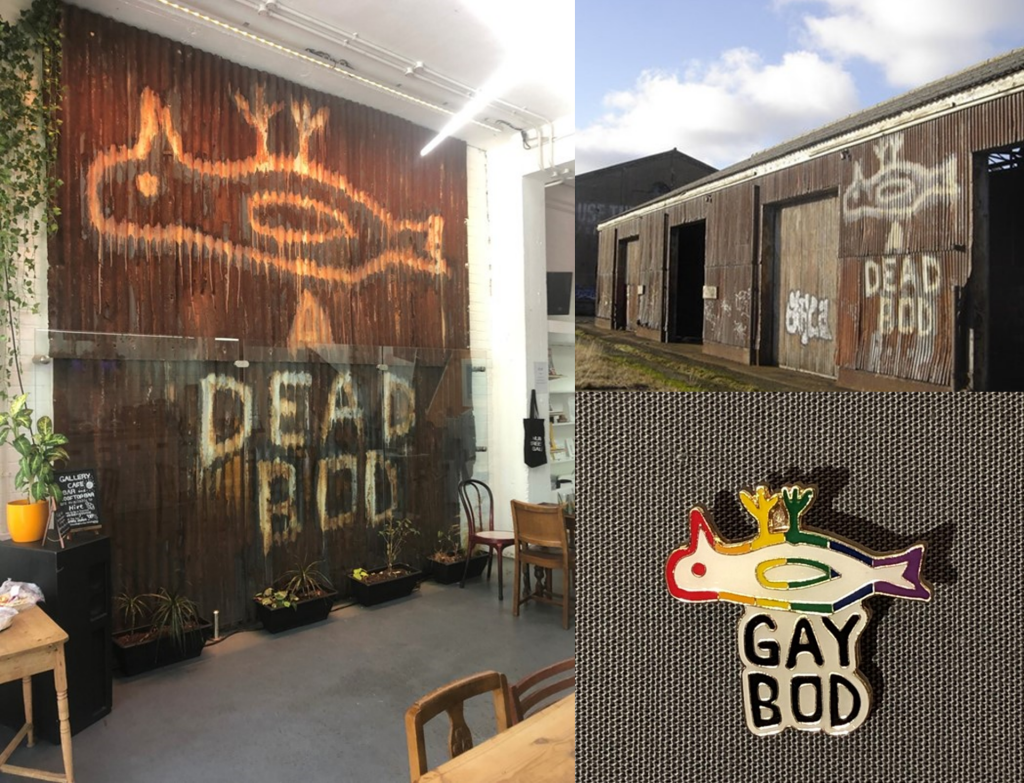Back in July, we hosted our first project symposium, ‘Understanding Place, Memory, and Identity in the Post War City’, at Hull’s Humber Street Gallery. As well as rounding the day up in a blog post by Jim, which you can read here, we also asked our attendees for their own creative responses to the day. In collaboration with Hull-based arts journal The Critical Fish, we invited them to send us a memory, a thought, an example, or an image (or something else), that would give an impression of our discussions and experiences, spending a couple of days enjoying and reflecting upon the city. Here we’ve rounded up a handful of these responses, which we hope will give some food for thought as well as a flavour of the day.

‘I have deep memories of Humber Street, where the symposium took place. I recall walking around there on a Sunday with my parents and brother, when I was a young child in the 1980s. What I recall most vividly was a ghostly sense of the waterfront past; faded signs in the brickwork, boarded-up warehouses and rusted gates, which indicated that this place had a previous life, which had been/was being lost.
Some 35 years on, sitting in the regenerated Humber Street Gallery, surrounded by the new life of vibrant shops, boutiques, venues and restaurants, it’s almost unimaginable that this is the same place I visited as a child. Strangely, it is still the same place, just different.
These memories bring me to two, of the many things, which stood out from the symposium. Firstly, how place, as a concept, is amorphous and shifting. Secondly, how de-industrialisation is an ongoing process, one which is central to the time in which we are living.’
‘I’ve been visiting Hull for years as my partner is from the city, although his parents moved to Beverley in the late 1990s. Our day on Humber Steet gave me a different insight into the city as did our guided tour. As much as I loved Humber Street I wondered who in the city spends time here? Who is it for? Which made me wonder what the legacy of the City of Culture has been and for whom. In saying that, a personal highlight of this trip to Hull was eating the best croissants I’ve ever had at the wee bakery across the road from the gallery and having a good chat about politics with the staff.’


‘The symposium papers and discussion opened up how Hull stories were recycled to accommodate social and cultural change. Stories of ‘Chicken Joe’ became ‘Chicken George’ in a comparable way to the transformation of ‘dead bod’ into ‘gay bod’. Paul’s tour provided a personal story of Hull’s landmarks, peeling back the layers of memory around the city –behind the 3 boats was the BHS, which was the Co-op. Working with oral history I’ve always been keen to understand how memory stories bridge the past and the present, but the symposium alerted me to how they pivot around place.’

‘A paper without a conclusion’
‘LOOK UP’
‘A city full of surprises!’
Read more about our symposium here.